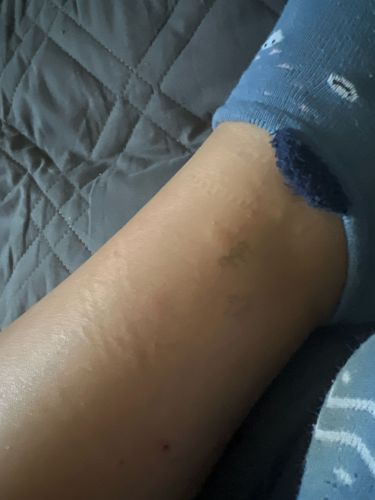Bed Bug
Scientific Name: Cimex lectularius
Order & Family: Hemiptera (order), Cimicidae (family)
Size: Adults are typically 4-5 mm (0.16-0.20 inches) long.

Natural Habitat
Primarily nocturnal, they live in cracks and crevices in beds, mattresses, bed frames, furniture, behind wallpaper, and in other sheltered locations close to their human (or animal) hosts. They are commonly found indoors.
Diet & Feeding
Strictly hematophagous, meaning they feed exclusively on the blood of warm-blooded animals, primarily humans. They typically feed every 3-7 days if hosts are available.
Behavior Patterns
Nocturnal feeders, emerging from their hiding spots to feed on resting hosts. Their bites often occur in lines or clusters. They are hitchhikers and can be transported easily in luggage, clothing, and furniture. They reproduce rapidly, with females laying several eggs per day.
Risks & Benefits
Potential risks include itchy red welts from bites, allergic reactions (ranging from mild to severe), secondary skin infections from scratching, and psychological distress (anxiety, insomnia). They are not known to transmit diseases to humans. There are no known benefits to humans or the ecosystem.
Identified on: 9/13/2025